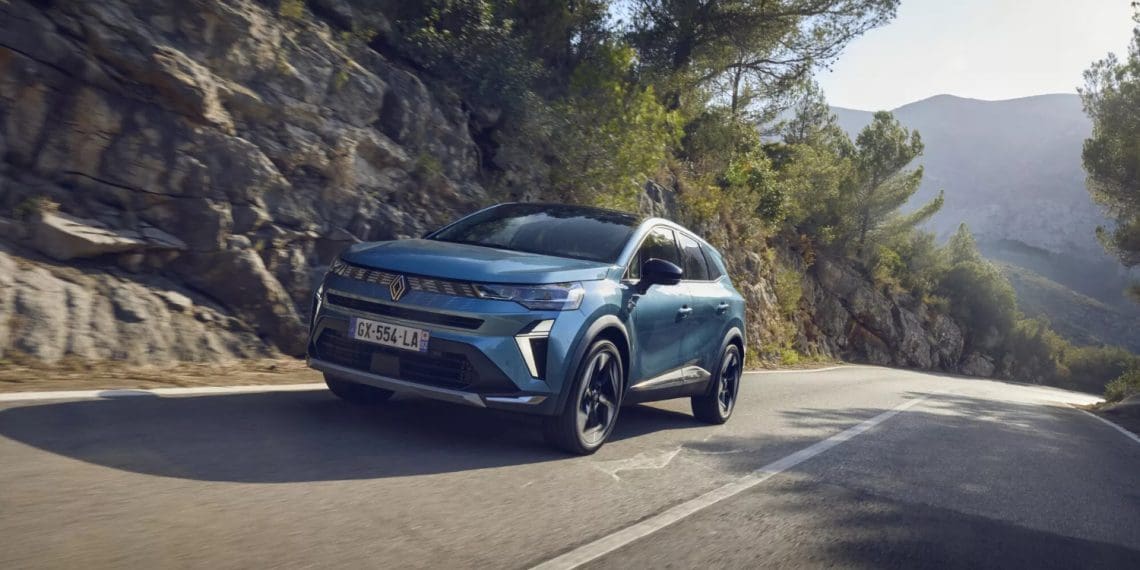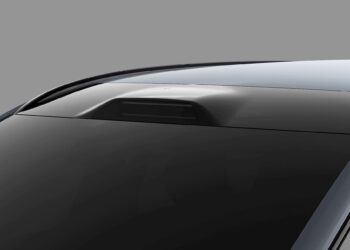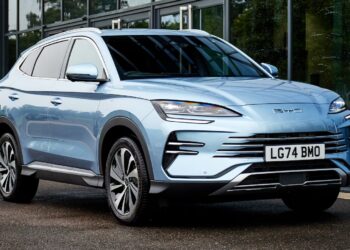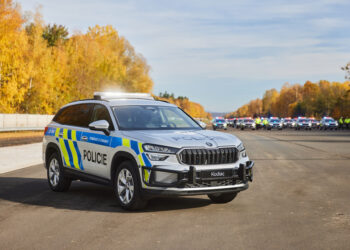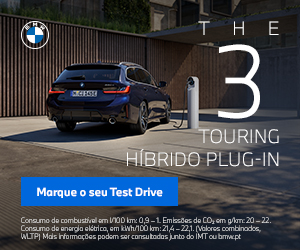Renault has introduced a new full hybrid engine with 160 hp, which will be available in the national market only in the Symbioz.
Like the previous generation, the hybrid architecture of the new powertrain combines two electric motors (a 36 kW e-motor and a 15 kW High-Voltage Starter Generator HSG) with a 1.8-liter four-cylinder gasoline engine producing 109 hp (80 kW), paired with a new intelligent multi-mode gearbox without a clutch and a 1.4 kWh battery.
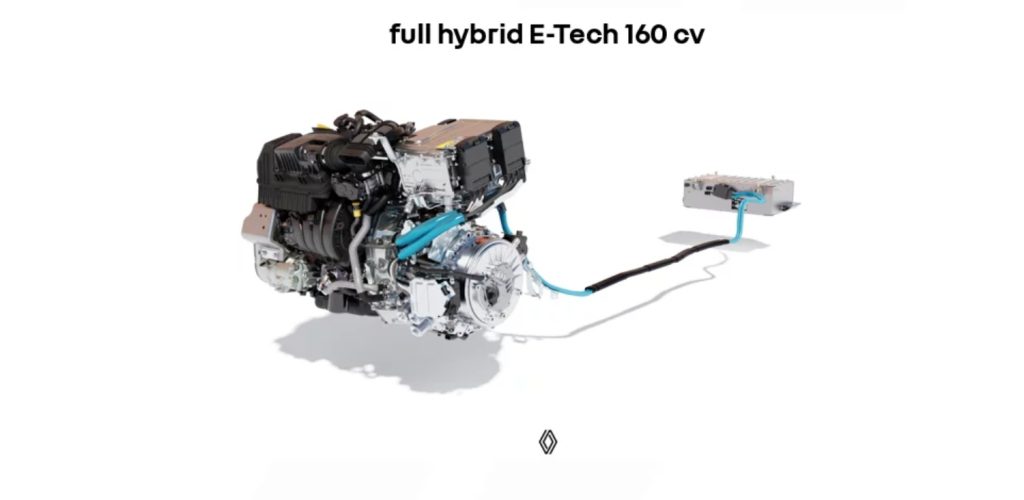
The gearbox allows for quick and precise gear shifts with minimal power loss. It is also mechanically simpler, making it even more reliable.
Another change made in this full hybrid engine is related to the thermal engine’s injection system, which replaced the indirect injection from the previous generation and now features a new direct injection system. This means that the fuel injection is even more precise, and the fuel combustion is optimized at a pressure of 350 bar, achieving greater precision and efficiency in combustion. This improves engine performance, reduces emissions, and contributes to lower fuel consumption. The combustion engine’s torque is 172 Nm, which is 22 Nm more than the previous version. It is worth noting that the maximum torque is available at a lower RPM (around 2,000 rpm) for better performance and response, particularly during acceleration or when gaining speed on fast roads.
Additionally, the new hybrid drive unit features a 1.4 kWh (230V) battery, compared to the 1.2 kWh of the previous version. The larger battery capacity increases the vehicle’s electric mode range, optimizing fuel efficiency and providing greater flexibility for drivers on urban routes or short-distance trips.
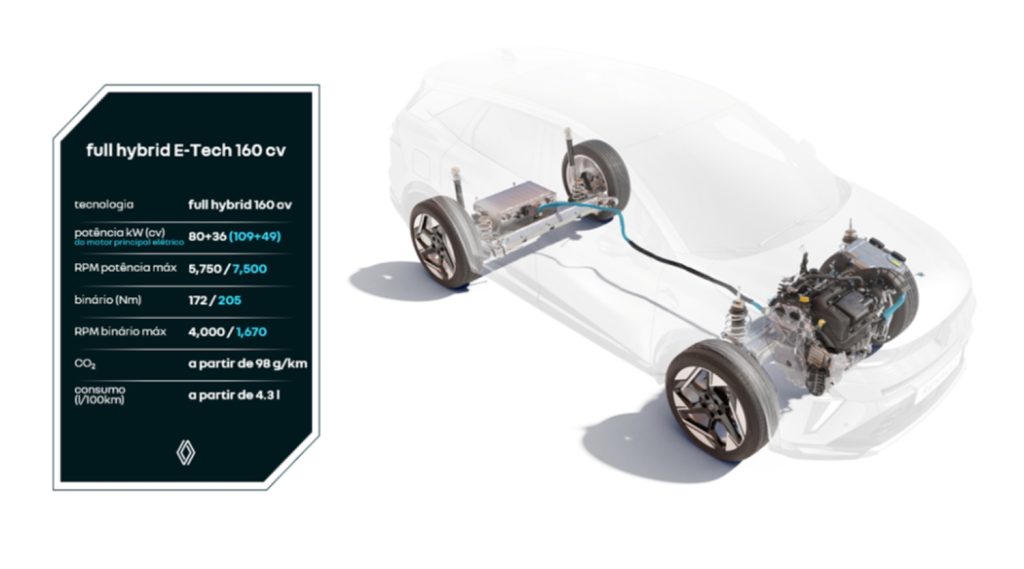
The new full hybrid E-Tech powertrain of the Symbioz consumes only 4.4 liters/100 km, compared to 4.6 liters of the previous version. This system allows for fuel savings of up to 40%, while also reducing CO2 emissions to just 99 g/km.
With this new engine, the Symbioz has also improved its acceleration from 0 to 100 km/h, now achieving it in 9.1 seconds compared to the previous 10.6 seconds. This increased acceleration capability, according to Renault, provides a more agile driving experience.

